Honor 200 Pro vs. Google Pixel 8 Pro: A portrait of two phones
The Honor 200 Pro and Pixel 8 Pro have different philosophies on design, software, and cameras.

Portrait king
The unique camera sensor on the Honor 200 Pro makes it one of the best phones you can own if you like taking portraits of your friends and family. Thanks to a collaboration with the prestigious Studio Harcourt, you can add an extra layer of style to your images.
Pros
- Takes great portrait images
- Snapdragon chip performs well
- Very fast charging
- Beautiful design
- Eye-friendly display
Cons
- Not sold in the U.S.
- Gaming performance is hit-or-miss
- Fewer AI features
- Magic Capsule is only somewhat useful
- IP65 water and dust resistance

Camera king
The Pixel 8 Pro is an all-around great phone with a phenomenal camera system that takes crisp and colorful images. And thanks to Tensor, you can make all kinds of neat AI edits to really make your photos shine or remove unwanted elements.
Pros
- Iconic design
- Great overall camera performance
- IP68 water and dust resistance
- Flat display
- Plenty of fun AI features
- 7-year update promise
Cons
- Slower charging speeds
- More expensive
- Display is not as eye-friendly
- Temperature sensor is not very useful
Google's Pixel phones have long reigned as the top camera phones, thanks to impressive computational photography. With some cool software tricks, the company is able to add a level of depth and more natural bokeh, giving images an almost DSLR-like quality. That said, with the new Honor 200 Pro, the Pixel may finally have its work cut out for it when it comes to portrait images.
Honor's latest camera-centric phone is not quite a premium flagship, but it's close enough, bringing specs that rival the latest Pixel 8 Pro. But where things get really interesting is how the phone handles photos, taking almost the opposite approach to most other phones.
So how do these phones stack up overall? In this Honor 200 Pro vs. Google Pixel 8 Pro guide, we'll put them side by side to give you an idea so you can decide which phone you prefer.
Honor 200 Pro vs. Google Pixel 8 Pro: Design and display
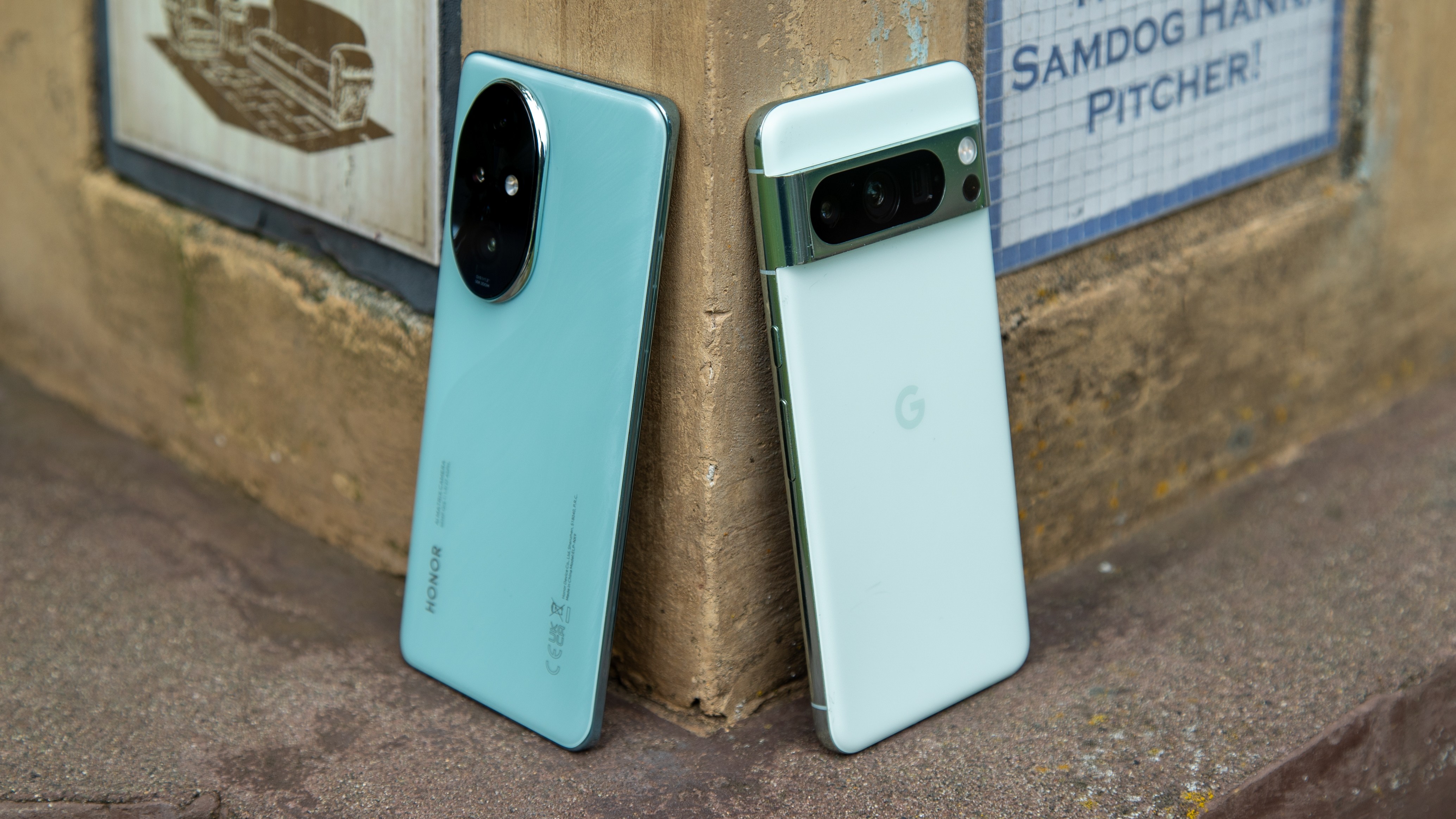
The design philosophy of both phones is very different. The Honor 200 Pro has a very artistic design, which is obvious from both sides of the device. The phone features a very distinct glass back panel, which differs based on the color you get. The Ocean Cyan is one of the more interesting hues, which teeters somewhere between green and blue. It also features a dual-texture design, with part of the panel adopting a smooth matte-like finish while the majority of it has a textured look and feel.
Honor follows through with the more artistic design of the camera housing, which was inspired by the rather unique shape found at Casa Mila in Barcelona. The combination of these unique design choices results in a phone that is rather eye-catching and is bound to turn heads.
Meanwhile, Google retained the Pixel's iconic camera visor on the back with a rather shiny aluminum that wraps around the frame of the Pixel 8 Pro. However, the back is a matte glass with a very soft feel, adding a dramatic contrast to the overall design. The back panel also slightly curves into the frame, which itself is also slightly rounded.





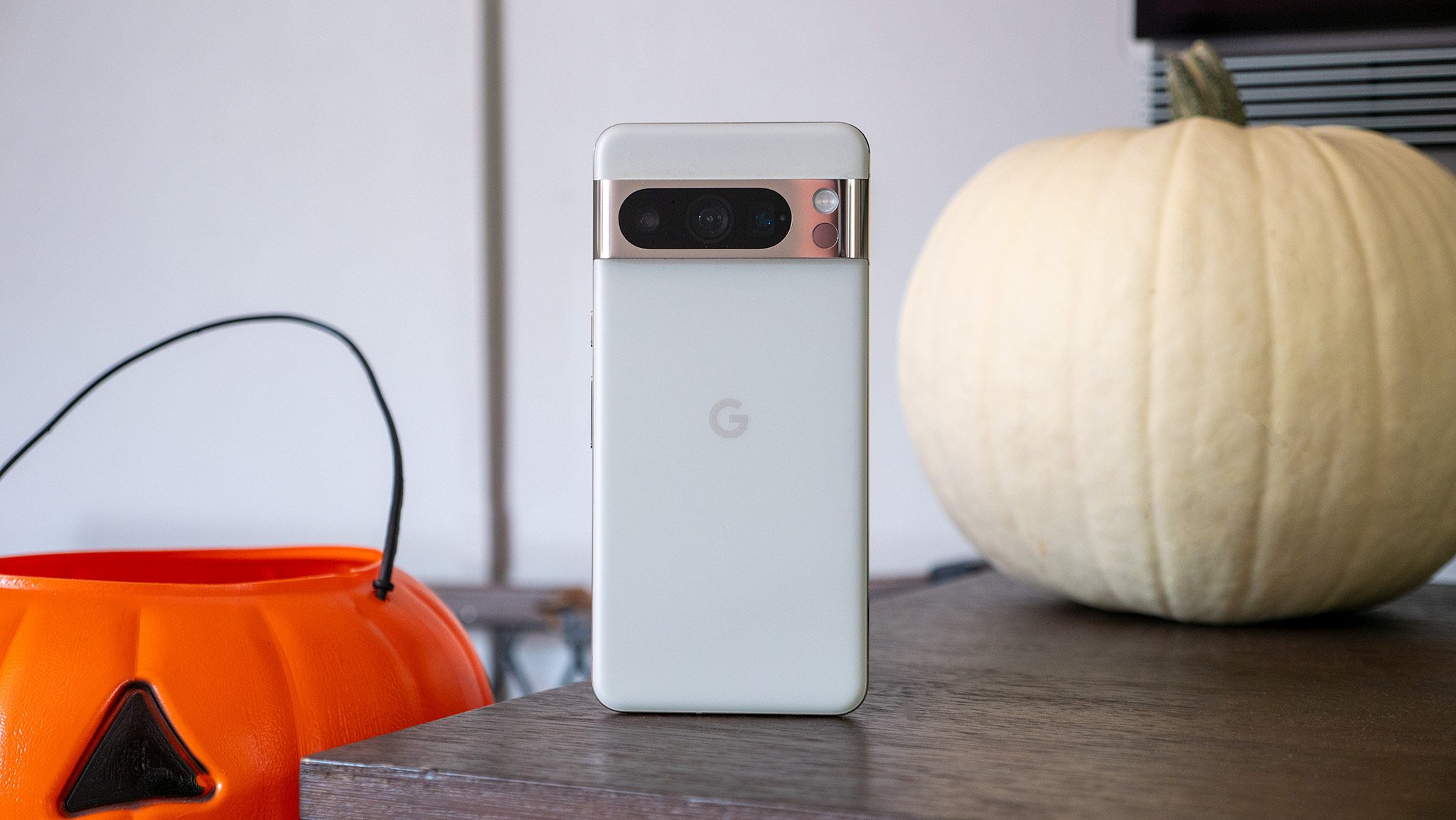
On the front, the phone has a flat display with fairly minimal bezels. This is in stark contrast to the quad-curved screen on the Honor 200 Pro, which seamlessly curves into the plastic frame, mirroring the curvature of the back panel. This makes the phone appear even thinner than it actually is. The Pixel 8 Pro is 0.6mm thicker than the Honor, but it looks even thicker when the phones are placed side-by-side. The Pixel is also slightly heavier, but it's hardly noticeable.
Get the latest news from Android Central, your trusted companion in the world of Android
Both phones have 120Hz OLED panels, and both are quite bright. Honor has the Pixel beat, however, thanks to the much higher 4,000 nits of peak brightness. Honor also took extra care to ensure the display was as comfortable as possible for users. That includes a high 3,840Hz PWM dimming rate—which is ideal for PWM-sensitive users, AI enhancements, TÜV Rheinland certifications, and other features that promote eye comfort.
Both displays are quite vibrant and sharp, but Honor takes the lead here despite the Pixel's higher pixel density. That goes for the design, too, which is much more inspired than the Pixel's, although the IP65 rating is noticeably weaker than the IP68 on the Pixel 8 Pro.
Honor 200 Pro vs. Google Pixel 8 Pro: Hardware and specs
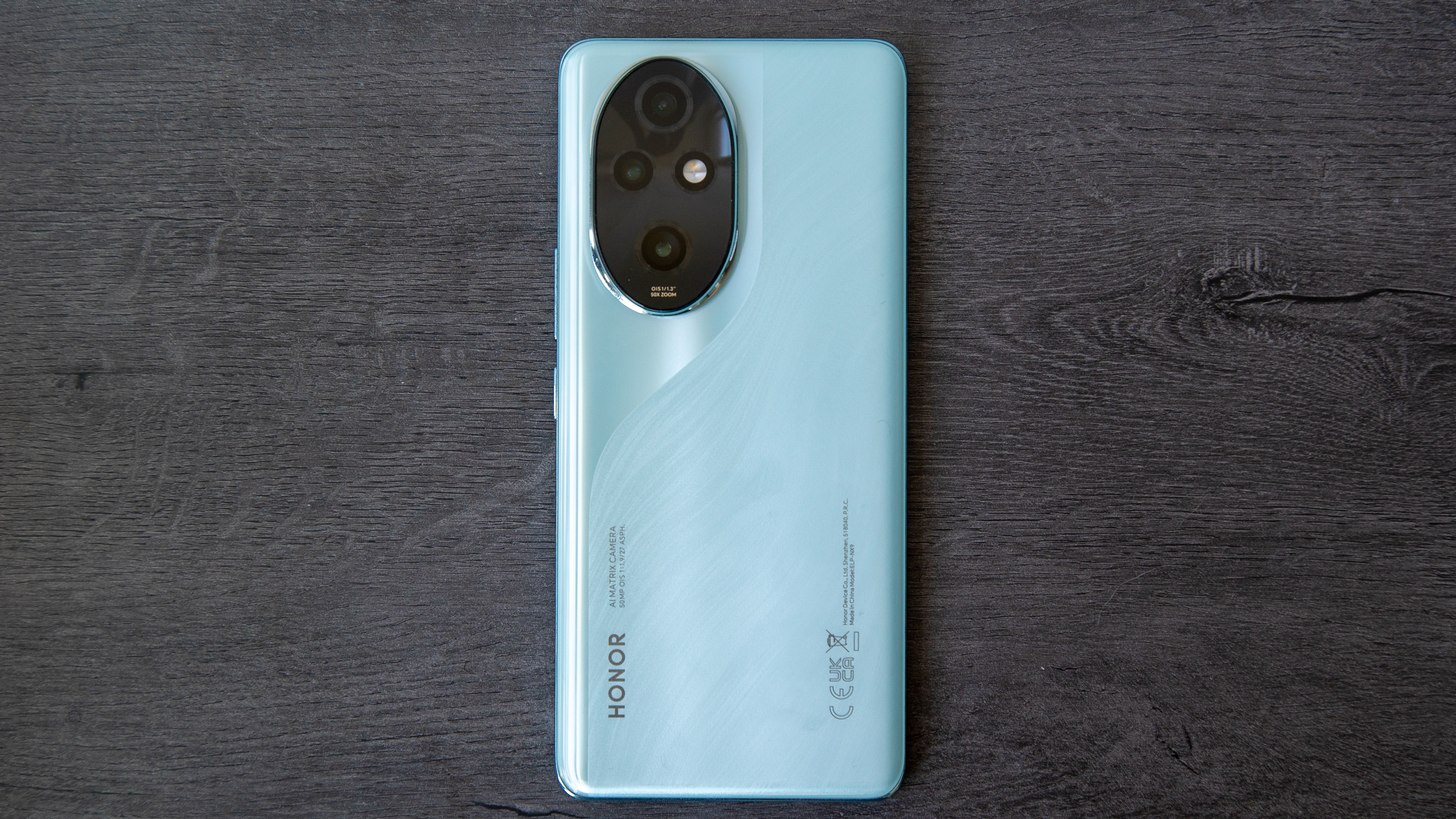
It's not just the outside that separates these phones. Internally, the Honor 200 Pro is a bit of a half-step down from phones running the flagship Snapdragon 8 Gen 3, but the Snapdragon 8s Gen 3 inside still features many of the same AI capabilities and can keep up with many of the best Android phones. Meanwhile, the Tensor G3 in the Pixel 8 still uses last year's Cortex-X3 core, but even so, the phone excels at AI, thanks to the Tensor processing unit. That means you may not get the best performance in all scenarios, but the phone will handle AI features extremely well.
That said, both phones perform well overall, and while gaming performance isn't particularly a strength of either, the Pixel seems to do a little better (but not by much). Games like Honkai: Star Rail play fairly smoothly on the highest settings, but expect either phone to get quite warm.
Both phones also have 12GB of RAM, which is great for juggling apps.
| Category | Honor 200 Pro | Google Pixel 8 Pro |
|---|---|---|
| OS | Android 14 (MagicOS 8), 3 OS upgrades, 4 years of security updates | Android 14, 7 years of OS and security updates |
| Display | 6.78-inch AMOLED, 2700x1224, 120Hz, 4000 nits peak brightness, 3840Hz PWM Dimming | 6.7-inch OLED, 1344x2992, 120Hz, 2400 nits peak |
| Chipset | Snapdragon 8s Gen 3 | Tensor G3 |
| RAM | 12GB | 12GB |
| Storage | 512GB | 256GB, 512GB, 1TB |
| Rear Camera 1 | 50MP wide, ƒ/1.9,1/1.3”, 2.4μm (pixel binning) | 50MP wide, ƒ/1.68, 1/1.31", 1.2μm |
| Rear Camera 2 | 50MP telephoto, 2.5x, ƒ/2.4 | 48MP telephoto, 5x, ƒ/2.8 |
| Rear Camera 3 | 12MP ultrawide/macro, ƒ/2.2, 112° FOV | 48MP ultrawide/macro, ƒ/1.95, 125.5° FOV |
| Front-facing camera | 50MP | 10.5MP |
| Connectivity | 5G, Wi-Fi (2.4/5GHz), Bluetooth 5.3, NFC, dual-SIM | 5G, Wi-Fi 7, Bluetooth 5.3, NFC, UWB, |
| Audio | Dual stereo speakers | Dual stereo speakers |
| Battery | 5200mAh | 5050mAh |
| Charging | 100W wired, 66W wireless, 5W reverse wireless | 30W wired, 23W wireless, reverse |
| Ingress Protection | IP65 | IP68 |
| Dimensions | 163.3 x 75.2 x 8.2mm | 162.6 x 76.5 x 8.8mm |
| Weight | 199g | 213g |
| Colors | Moonlight White, Black, Ocean Cyan | Bay, Mint, Obsidian, Porcelain |
One thing that both these phones get right is audio. The dual stereo speakers sound very full and deep, giving your music some needed depth. The Pixel 8 Pro can make voices sound a little echoey, but it's not too noticeable. The downside is that neither phone has a headphone jack.
On-display fingerprint sensors are pretty good on both phones, but the sensor on the Honor 200 Pro is a bit faster, unlocking the phone almost as soon as I place my finger on the display. The Pixel 8 Pro takes about half a second. The downside of the Honor sensor is that it's incredibly low on the display compared to the more comfortable placement on the Pixel.

These phones also have little extras that you may or may not find useful. For the Honor 200 Pro, there's an IR blaster that you can use for the Smart Remote feature. I use it with my Chromecast with Google TV dongle connected to my Vizio TV, and it works very well. For the Pixel 8 Pro, there's a temperature sensor on the back, which you can use to measure... things as well as people. It feels a bit superfluous as more smartwatches adopt temperature sensors, and probably would've been more useful during the height of the COVID-19 pandemic, but better late than never, I suppose.
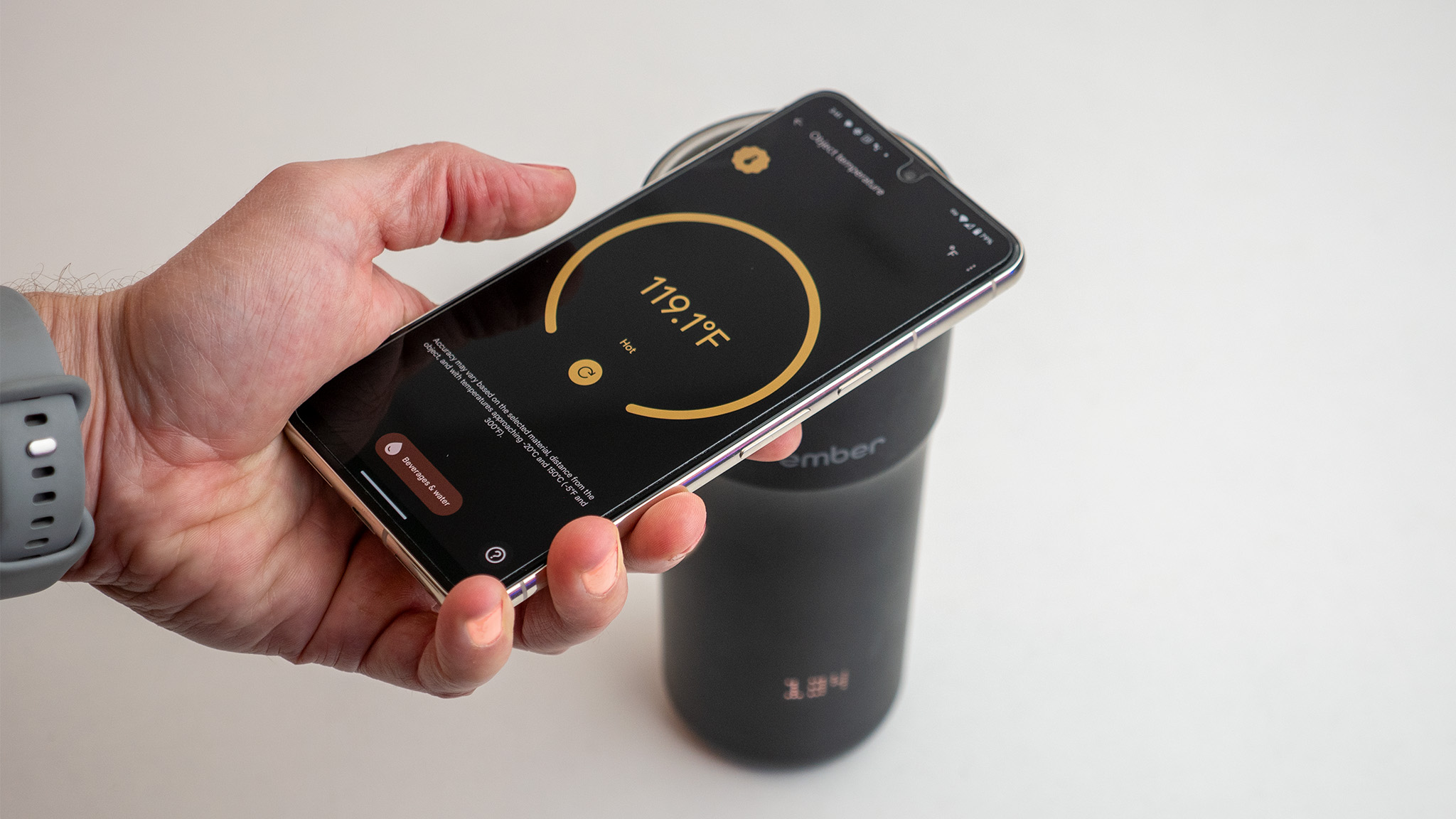
Neither phone is a battery champ, but this also depends on how you use either one. Power users may have trouble getting a full day's use, but the Honor 200 Pro has the benefit of 100W fast charging, which tops up the phone in less than an hour when you're low on juice. The Pixel only has 30W wired charging, which means you'll be waiting around for a full charge. The same goes for wireless charging, with the Honor hitting 66W and the Pixel only supporting 23W.
Honor 200 Pro vs. Google Pixel 8 Pro: Software
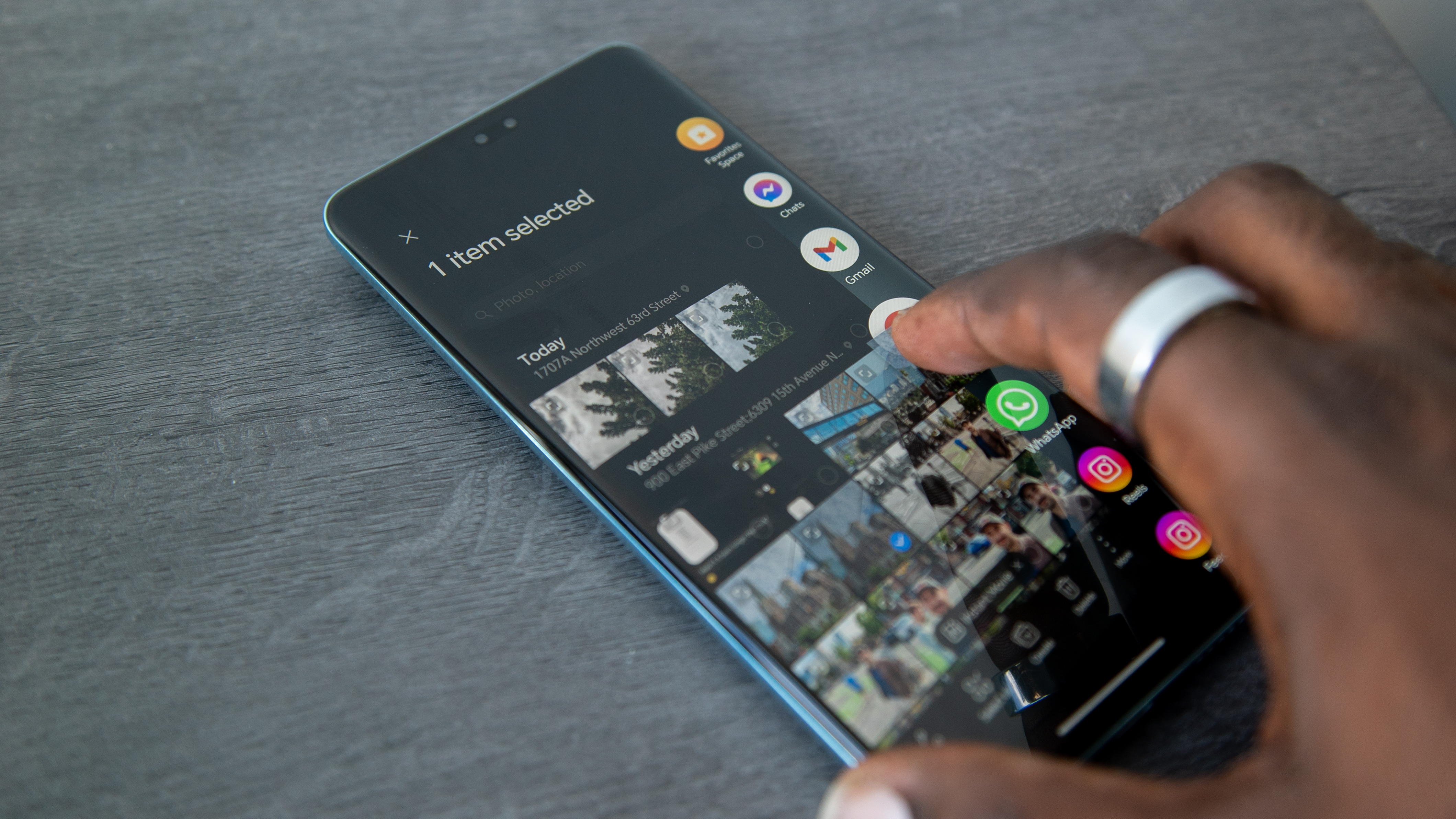
Android 14 on both phones feels very different. Honor's approach is much less big and bubbly than the Pixel UI, although I kind of prefer the former to the latter. However, some things may take some getting used to, like the separation of the notification panel and Control Center.
The Honor 200 Pro has some interesting AI features, like the ability to drag and drop content between apps with the Magic Portal, the ability to extract and interact with text within images, and Air Gestures that let you control the phone without touching it. You also get access to the Gemini app if you want to switch away from Google Assistant, and the Magic Capsule brings a Dynamic Island-like experience to the phone when you're listening to music or using a timer.
That said, if you want cool AI features, the Pixel 8 Pro has you covered with a plethora of them, like AI Wallpapers, Magic Editor, Circle to Search, Audio Magic Eraser, and more. Thanks to Gemini Nano integration, many features are available on-device, such as translating and transcribing texts.
Google also brings frequent updates for Pixel phones, with quarterly feature drops that add even more capabilities.

As far as software updates go, The Pixel also has Honor beat with seven years of OS upgrades and software updates. That said, Honor promises three OS upgrades and four years of security updates, which isn't bad and should be adequate for most people.
Honor 200 Pro vs. Google Pixel 8 Pro: Cameras
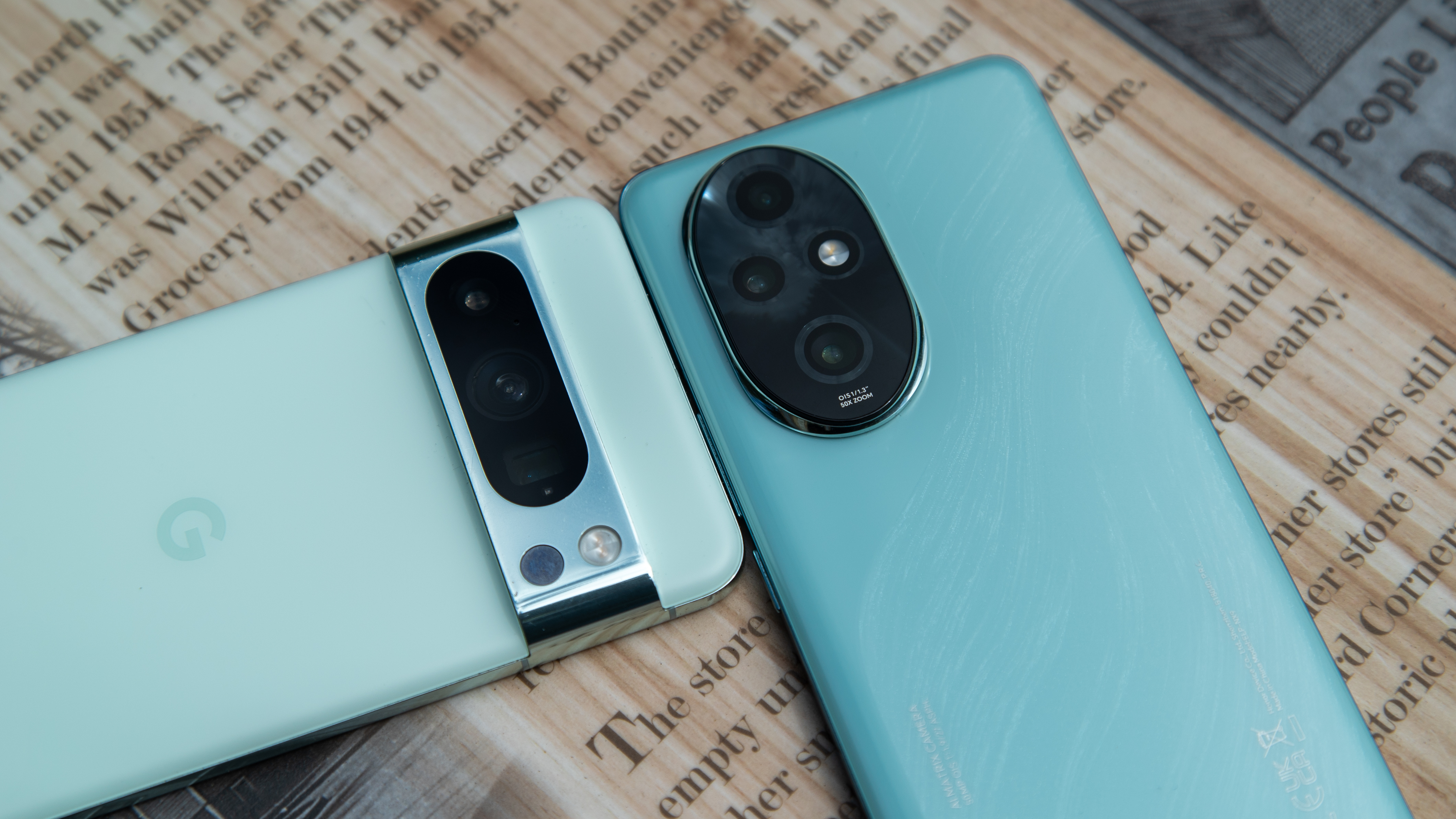
As stated before, the approach to the cameras is very different between these phones. Both have 50MP primary cameras and strong ultrawide and telephoto lenses (2.5x optical zoom on the Honor 200 Pro versus 5x on the Pixel 8 Pro). The Pixel 8 Pro often excels at adding depth and contrast to images while ensuring they remain sharp and detailed. The Pixel also tends to brighten up darker areas and shadows, giving you as much dynamic range as possible.
When shooting normally, the Honor 200 Pro seemingly does the opposite of the Pixel in many scenarios, whether it's leaning more into the shadowy parts of an image or brightening highlights with a surprising amount of dynamic range. This can often cause images to appear darker and with much more contrast than a Pixel, but they can also appear brighter in some areas. Images are also often warmer on the Honor than those taken on the Pixel.
From the images below, you can see the differences in how these phones process photos.
Where things get interesting, obviously, is in Portrait mode. The Honor lets you choose between three different styles: Harcourt Classic, Harcourt Color, and Harcourt Vibrant. All have a very different effect on the resulting image, but the latter option is probably closest to what a Pixel produces but with colors punched up a bit. With Classic and Color styles, Honor tends to make its Portrait images much more dramatic by simultaneously emphasizing shadows and brightening highlights, while the Pixel tries to make everything as bright as possible, including the background.




I recommend you check out our Honor 200 Pro camera review, which compares the phone to the Pixel 8 Pro and the Pixel 8a for good measure. This way, you can see how the camera handles various lighting situations.
Keep in mind that you won't find 8K video recording on either phone and while the Pixel 8 Pro has Video Boost, the Honor 200 Pro has some interesting video features that are worth playing with.
Honor 200 Pro vs. Google Pixel 8 Pro: Which should you buy?

If you live in North America, then this might be an easy question to answer since the Honor 200 Pro isn't sold here. However, elsewhere in the world, the choice comes down to features and your preference when it comes to camera output.
The Honor 200 Pro is a gorgeous phone with some great specs and a few compromises. The camera system is geared toward anyone who prefers taking photos of people, although Portrait mode works well with just about anything. You'll just have to be okay with darker shadows and higher-contrast images. Elsewhere, the fast charging and PWM-friendly display give the Honor an edge over the Pixel.
As for the Pixel 8 Pro, images won't come out as stylistic as they will on the Honor, but they'll be consistently good. You'll also have access to the best AI features out the gate and an impressive software update promise. That said, the Honor 200 Pro costs quite a bit less than the Pixel 8 Pro, which is also worth considering.
You can't go wrong with either phone in my opinion, but for most people, the Pixel 8 Pro is probably the way to go.

Inspired by art
The Honor 200 Pro is a beautiful phone with very impressive specs that would make some flagships nervous. The phone has an eye-friendly display and a camera system inspired by the classic Studio Harcourt images, giving your portrait photos a beautiful stylistic flair.

A camera for everyone
The Pixel 8 Pro is one of the best camera phones money can buy, as well as one of the best overall Android phones on the market. Fun features, great performance, and tons of AI capabilities make this a phone that anyone would be happy to pick up.

Derrek is the managing editor of Android Central, helping to guide the site's editorial content and direction to reach and resonate with readers, old and new, who are just as passionate about tech as we are. He's been obsessed with mobile technology since he was 12, when he discovered the Nokia N90, and his love of flip phones and new form factors continues to this day. As a fitness enthusiast, he has always been curious about the intersection of tech and fitness. When he's not working, he's probably working out.
You must confirm your public display name before commenting
Please logout and then login again, you will then be prompted to enter your display name.
